How does breastfeeding work? This page explains how your body gets ready to breastfeed before your baby is even born.
How does the body get ready to breastfeed?
As soon as you're pregnant, your breasts get ready to produce milk. The blood supply increases, which can make them extra sensitive. You might notice small raised 'spots' on the dark area surrounding the nipple and your breasts will get bigger – make sure to get a bra that fits comfortably. From the middle of your pregnancy, your breasts make concentrated milk (colostrum), which is rich in protective antibodies.
This diagram shows how the milk producing cells link to the ducts leading to your nipple.
The first hours
Immediately after birth, every mum makes breast milk whether or not her baby ever breastfeeds. Delivering the placenta sets up a hormonal response in your body which 'tells' the breasts to make milk. When you are given your baby to hold, have them undressed, directly next to your skin. Even if you have a caesarean, still aim for skin-to-skin contact with your baby as soon as possible. After a while your baby will show signs of being ready to feed (these are known as feeding cues) and your midwife will offer to help you to attach the baby at the breast.
The first days
Two to five days after giving birth, your baby will become hungrier and your body will produce more milk. This might mean that your baby feeds very frequently. The increase of blood and fluid to your breasts will make them fuller and heavier than usual. Don't worry if you feel some discomfort, it should pass in a couple of days.
The first months
As the months go on you'll produce as much milk as your baby needs because the body responds to breastfeeding by making more milk. However, you'll only continue producing milk if it's used up - if you stop feeding, your body will stop making the milk. This short video explains how feeding in this way means you will always make the right amount of breast milk for your baby.
You can also encourage milk production by expressing your milk (collecting your breast milk to give to your baby later on). This is a useful solution if your baby is very sleepy, reluctant to feed, pre-term or ill. If you don't breastfeed or express, your milk production gradually stops. Still, it is possible to start producing milk again if you express, or put your baby to the breast often enough.
You can find out more about expressing here.
Am I doing it right?
Breastfeeding is something you and your baby will get the hang of together. It just takes a little time, support, and patience. It's important to get the basics of positioning and attachment right, as this means your baby will be able to feed more effectively. Each mum has to find out what works for them, their baby, and their family.
 Activities & Play
Activities & Play Behaviour
Behaviour Childcare
Childcare Development & Growing Up
Development & Growing Up Family, Friends & Relationships
Family, Friends & Relationships Feeding Your Baby
Feeding Your Baby Food & Eating
Food & Eating Health & Safety
Health & Safety Mental Health & Wellbeing
Mental Health & Wellbeing Money & Work
Money & Work Online Behaviour & Safety
Online Behaviour & Safety Pregnancy & First Days
Pregnancy & First Days School & Education
School & Education Sleep
Sleep


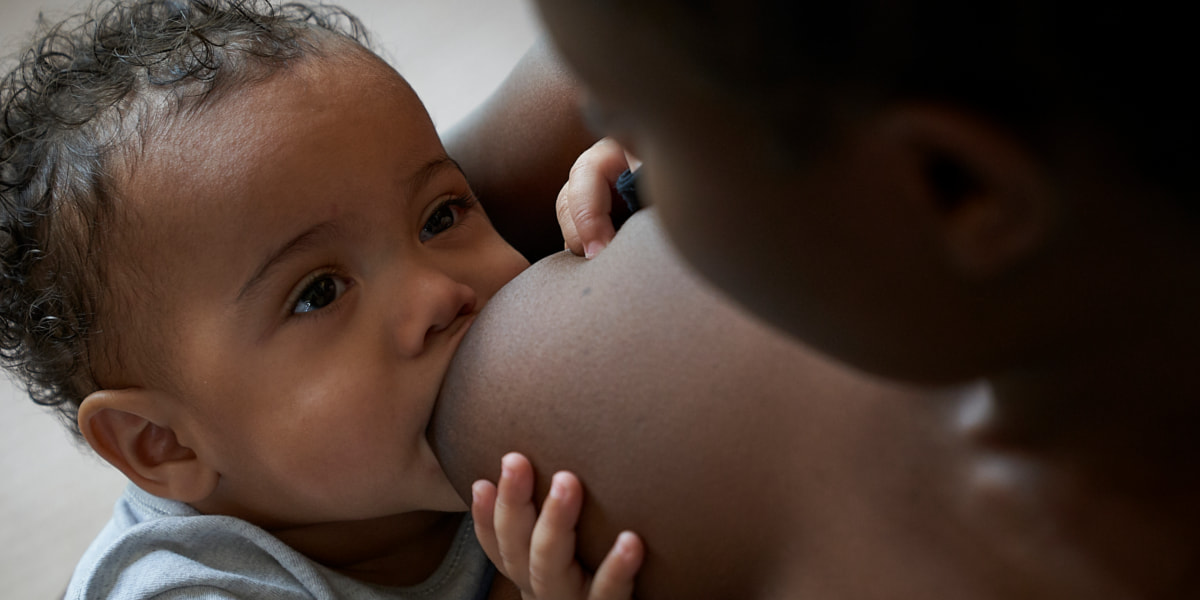
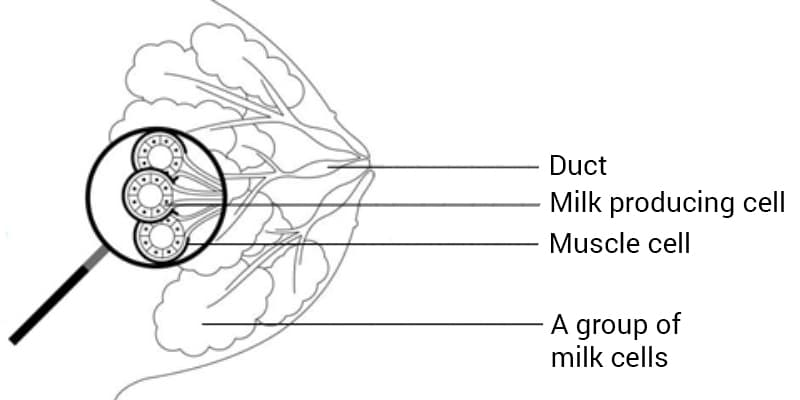
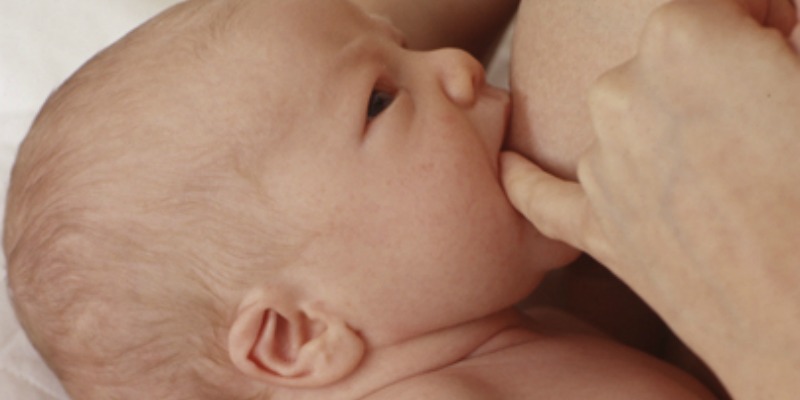
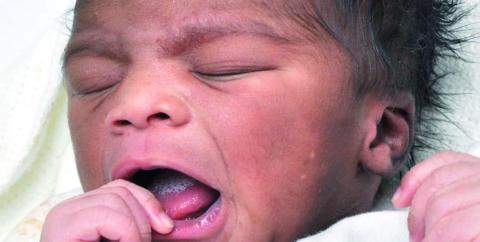
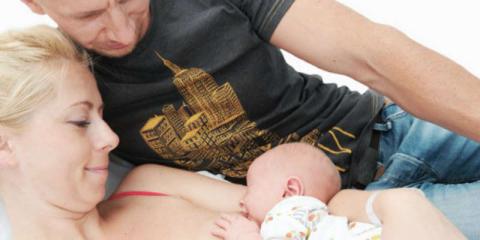
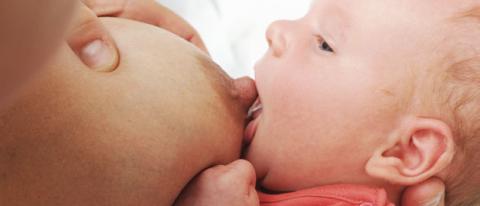
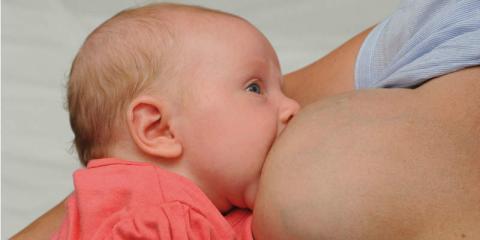
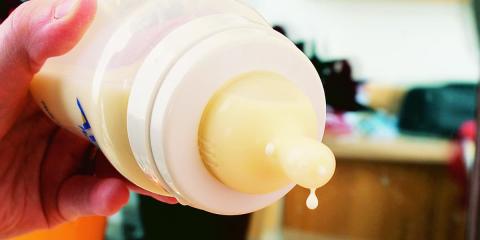
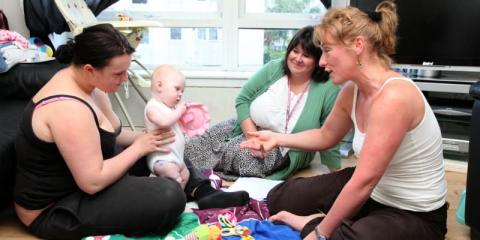
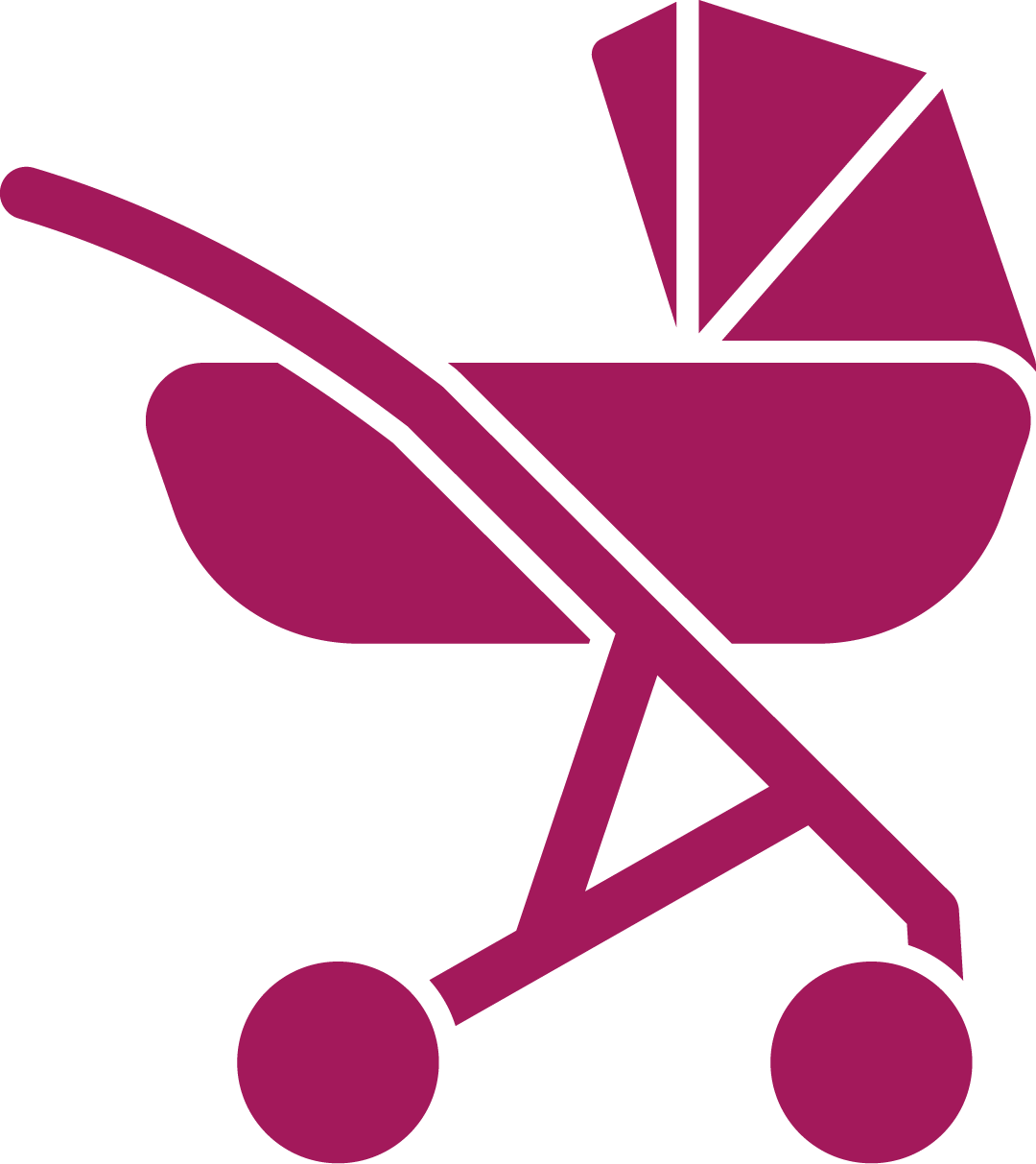 Pregnancy & First Days
Pregnancy & First Days
 Sleep
Sleep